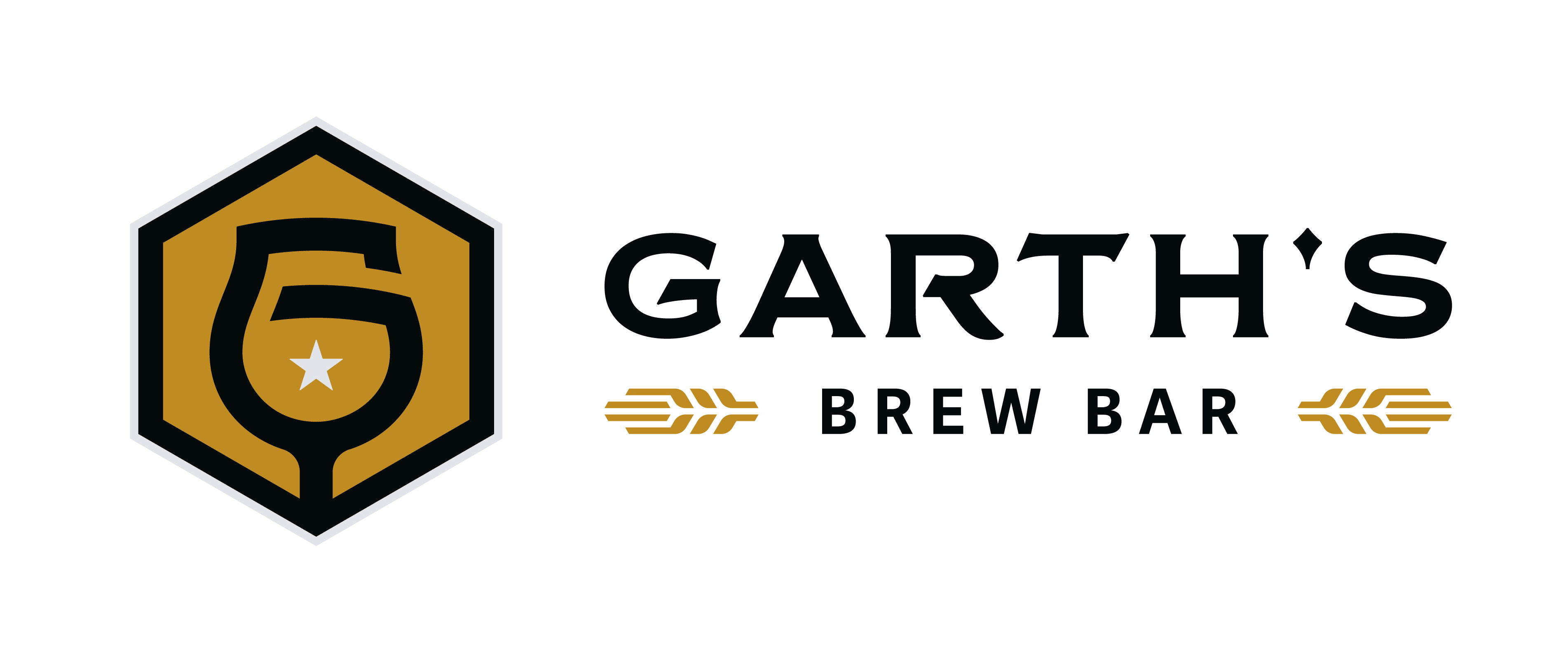Critical drinking requires courage and curiosity. It’s about asking questions about what happens outside our bunkers of certainty. It requires a mindset around ABT: Always Be Tasting.
After all, it’s the journey to try different brews that fuels a beer geek, a Certified Cicerone®, a brewer and if you dug deep enough, it’s what even fuels the averagest of beer drinkers out there.
In pursuit of critical drinking, I like to have some fun by blending brews.
I recall the first time I blended two beers. It was Dangerous Man’s Peanut Butter Porter and their Milk Stout that my friend brought over and said I had to try. Sometimes 1+1=3. That was one of those times.
Then I traveled to Belgium and Ireland and tasted a traditional Black & Tan as well as a gueuze. I was amazed at the possibilities, the complexity and the art.
If you think about it, beer is a blend in and of itself; it’s the combination of various ingredients. While blending two beers together may not (okay, it’s really not) be what the brewer intended … it’s all about the experience, right?
Here are a few tips to keep in mind when pursuing the art of blending beer:
-
It’s fine to not stay in one lane, but definitely don’t combine two totally different highways. Two dark beers can work harmoniously together. But a Pilsner and a Triple IPA, not so much.
- As your blending, start with small amounts of blending so you don’t waste too much of the good stuff.
- Blending of sours is the most natural blend you can administer. In fact, a number of sour beers are truly blended before they’re put into a bottle. Gueuze and a number of lambics may be various flavors that are combined or different aged beers of the same style that are combined to produce the end result that gets sold.
- On that note, if you have a low carbonated beer, you can bring it to life by putting a fresh beer into the mix. In the olden days, older beers were blended with new to make them drinkable, and smooth over any sourness or oxidation that had taken place from age.
- At Garth’s Brew Bar, we installed a nitro tap with Cadence cold brew coffee. One of our favorite things is to blend the silky cold brew on nitro with, say, a cookies and cream stout or a nut brown ale.
- Lastly, it’s best if you can work out a way for the blended tastings to be done blind. Ask a friend or significant other to pour some beers separate plus one that is blended. Taste each, make notes on each and you’ll likely be surprised how often you prefer a blended version over an original. And if you aren’t, well, you’re still drinking great craft beer, so it’s a win-win.
The art of blending beers is all about trial and error. Sometimes you’ll find you put too much of one beer into another and it completely removed the profile of the original beer. Other times you’ll get straight up confliction or overwhelming intensity. But. Those moments when two beers tango perfectly together; that’s true critical drinking bliss.

